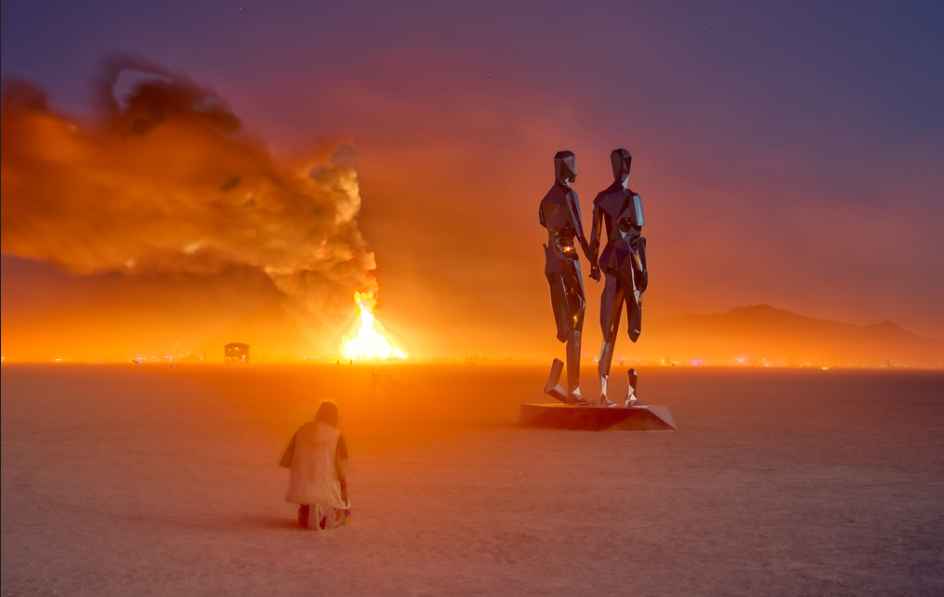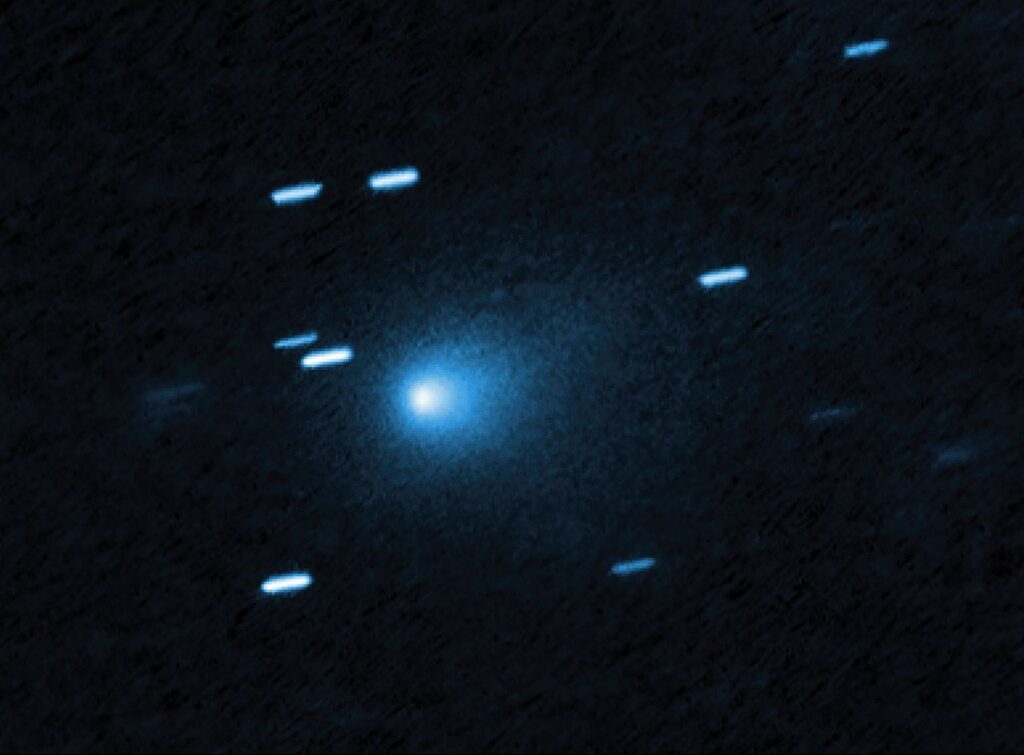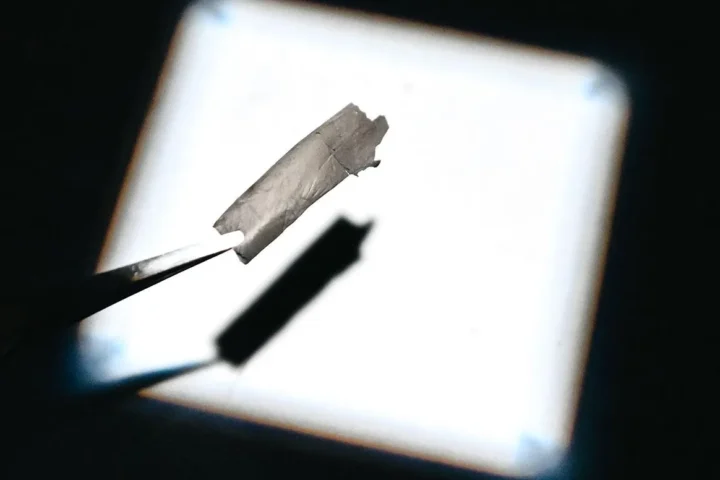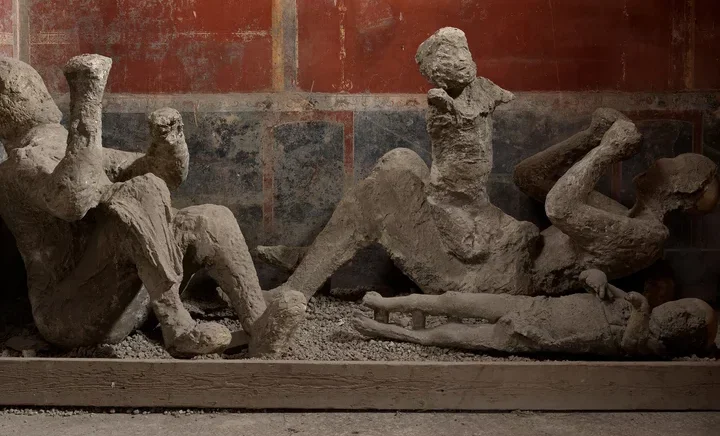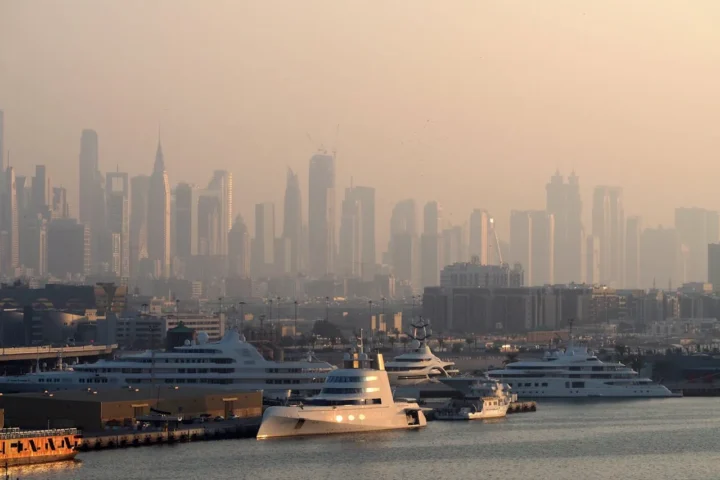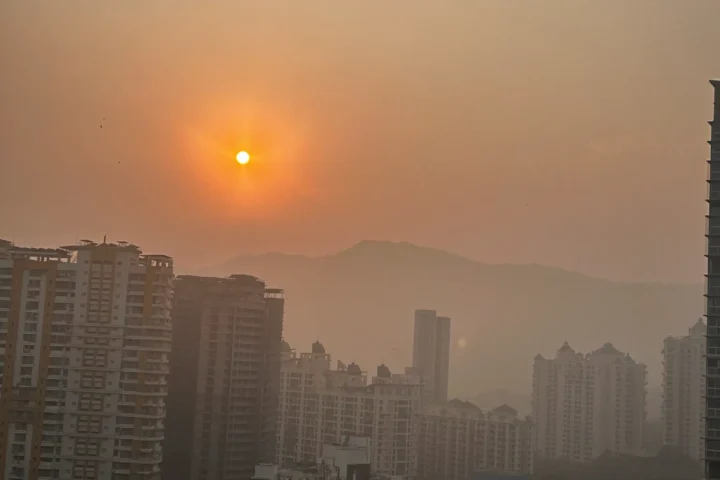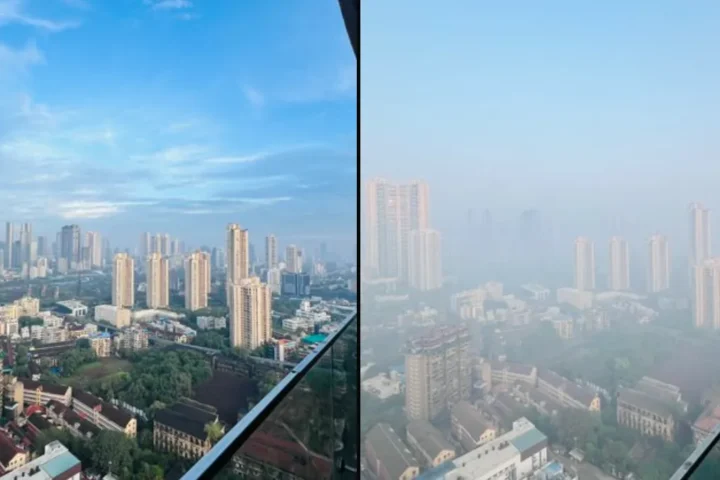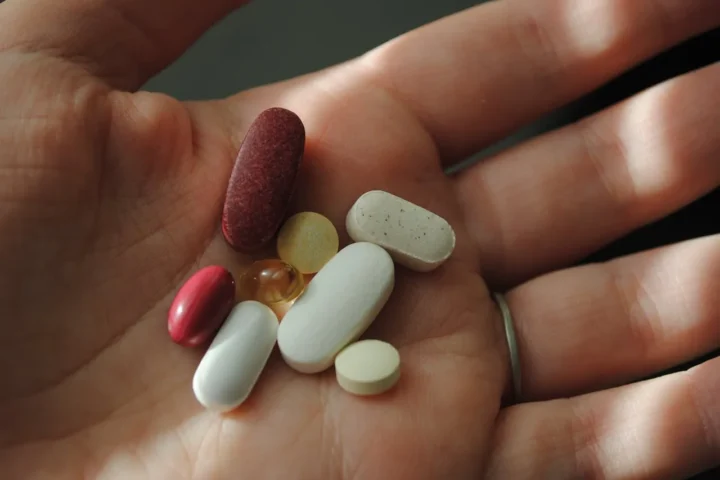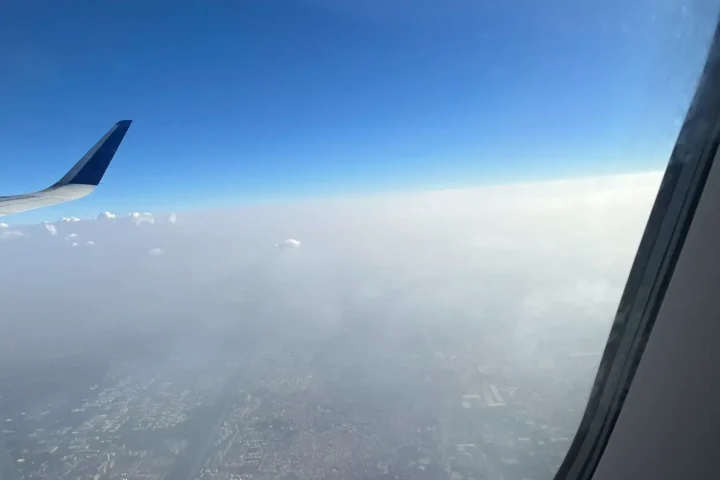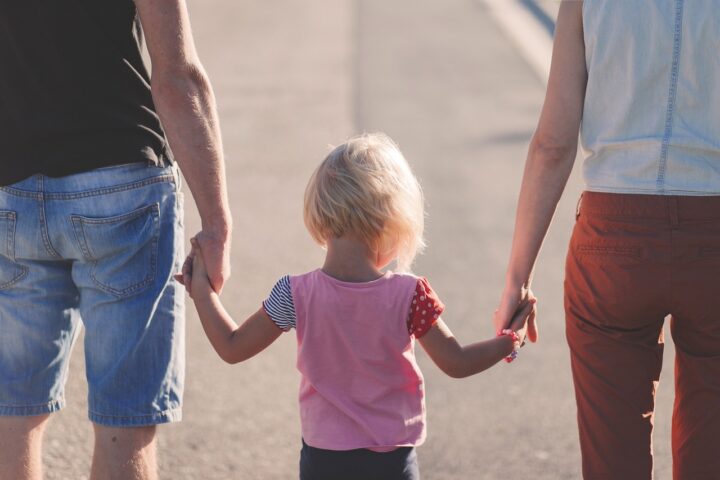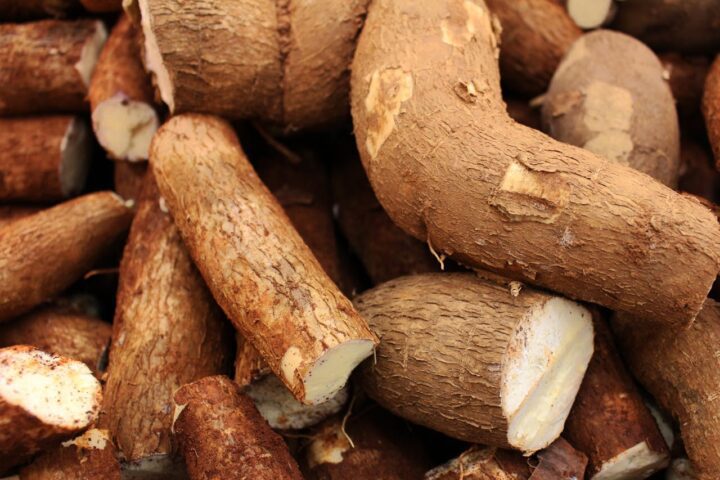Quick Safety Checklist – What You Need Now:
- 1.5+ gallons of water per person daily
- NIOSH-certified N95/P100 respirator mask and goggles
- Closed shoes, socks, high-SPF sunscreen
- Vinegar solution (1:4 with water) for playa foot care
- Know camp evacuation route and nearest medical tent
- Never burn PVC or plastic materials
The Black Rock Desert transforms into Black Rock City each year, but the harsh environment poses real health risks. From alkaline dust storms to extreme temperatures, understanding these hazards helps you survive and thrive on the playa.
The Playa Dust Reality
Playa foot is a malady unique to the Black Rock Desert caused by the alkali dust that makes up the desert. It is, in essence, a chemical burn. The fine alkaline particles create more than just discomfort.
Air quality studies have found that air quality at Burning Man during peak days far exceeds national air quality standards during much of the event. The most recently published air quality data was collected at Burning Man 2017, and the concentration of particulate matter was so high that it at times exceeded normal monitoring ranges, according to a 2019 environmental report by the Bureau of Land Management. These extreme readings are similar to industrial dust alerts that trigger health warnings in other communities facing dust exposure.
To put this in perspective, EPA standards set the annual PM2.5 limit at 9.0 micrograms per cubic meter for public health protection, effective February 2024. While playa dust contains naturally occurring alkaline minerals, pulmonary specialist Dr. Aleem Surani from Northern Nevada Medical Group states that short-term exposure to playa dust is unlikely to cause any long-term health effects for the average person. However, those with pre-existing respiratory conditions should take extra precautions.
Protecting Your Lungs: When the wind comes, seek immediate shelter. Now’s the time to use that dust mask and goggles you brought. Burning Man recommends bringing particle/dust masks and goggles. For enhanced protection during severe dust storms, use NIOSH-certified N95 or P100 respirators which provide better filtration against fine particles than bandanas. Always carry adequate dust masks or respirators and your inhaler(s) when you leave camp.
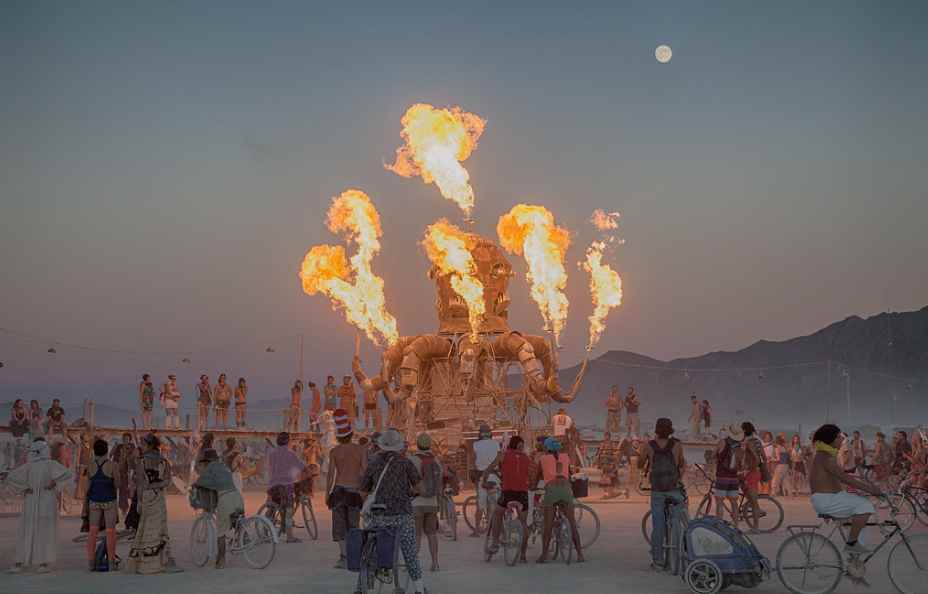
Heat and Dehydration Dangers
Desert temperatures soar above 100°F during the day while plummeting at night. You must bring your own water! You will need 1.5 gallons of water per person per day for drinking, washing, and cleaning. Always carry a full water bottle when you leave camp.
Heat exhaustion and heat stroke develop rapidly in desert conditions. Early warning signs include dizziness, nausea, rapid heartbeat, and confusion. These symptoms require immediate attention as heat-related illness can quickly become life-threatening in extreme desert conditions. Similar to dangerous heat waves affecting other regions, the playa’s extreme temperatures pose serious health risks that demand preparation and vigilance.
Heat Safety Protocol:
- Seek shade during peak afternoon hours
- Wear wide-brimmed hats and high-SPF sunscreen
- Monitor urine color for dehydration indicators
- Rest immediately if experiencing dizziness or nausea
The extreme heat conditions that spark emergency evacuations in other parts of the world demonstrate why heat safety protocols are critical in desert environments.
Fire and Toxic Smoke Risks
Art installations and camps involve open flames, but certain materials create dangerous fumes. According to EPA documentation, burning PVC and vinyl can produce toxic gases including phosgene, hydrogen chloride and dioxin compounds. These substances cause acute respiratory distress and long-term health concerns.
Fire Safety Rules:
- Never burn PVC, vinyl, or treated wood
- Stay upwind from large burns when possible
- If exposed to dense plastic smoke, move to fresh air immediately and seek medical attention
- Report dangerous burning materials to organizers
Weather Emergencies and Wet Playa
The 2023 flooding demonstrated how quickly conditions change. WALK back to your camp and batten it down. Do not drive or ride your bike; playa mud will immediately clog wheels and gears.
Wet playa creates unique hazards including electrical dangers, hypothermia risk, and sanitation problems. The official Wet Playa Survival Guide emphasizes Stay off scaffolding, art projects and the tops of vehicles and trucks. Stay out of puddles, especially those with power cords and generators in them.
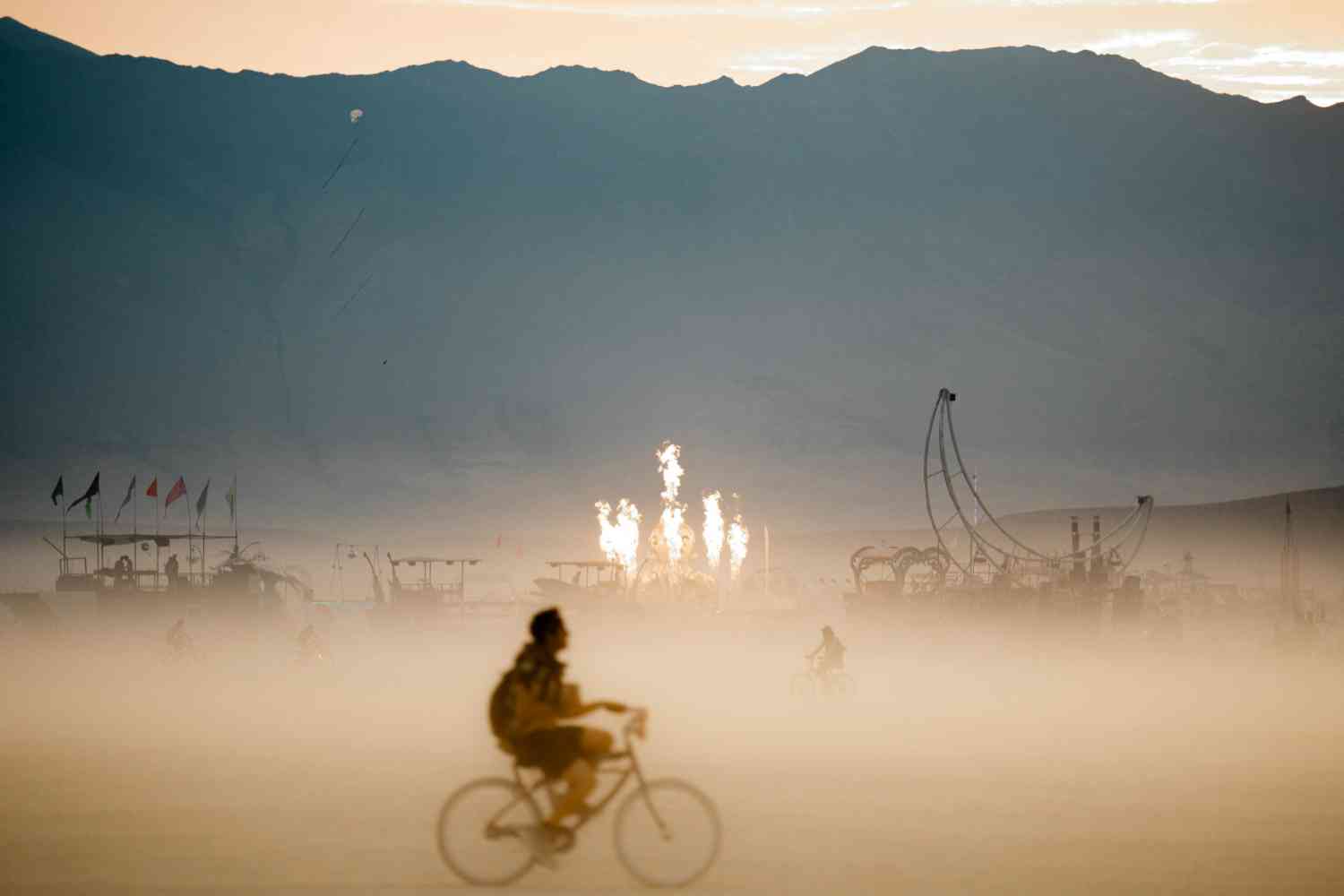
More Posts
Playa Foot Prevention and Treatment
This alkaline chemical burn is common, especially among first-timers. The most common cause of playa foot is exposure of your feet to the desert floor by not wearing socks and closed shoes.
Treatment Protocol: Wash your feet well to remove all the playa dust that is embedded in the cracks of your skin. Many people recommend adding a small amount of vinegar to the water to neutralize the alkali. 1/4 vinegar and 3/4 water is a good mix.
Keep feet covered with closed shoes and socks at all times. Vinegar (to mix 1:4 with water for Playa Foot prevention) should be part of your essential first aid supplies.
Special Considerations for Medical Conditions
Those with asthma face elevated risks. The vast majority of people living with asthma do just fine at Burning Man. Some will notice no difference, while others will notice a heightened sensitivity. However, if you have a history of complications with asthma, especially if they have resulted in hospitalization and/or intubation, please talk to your doctor before deciding to come to the playa.
Medical Preparation Steps:
- Bring extra inhalers and medications in original containers
- Make campmates aware of your condition, and aware of how they could help you if you need help. It is also highly recommended that you wear a medic alert bracelet at all times.
- Know medical station locations at 5:15 & Esplanade, and behind the plazas at 3:00 & C and 9:00 & C
Essential Medical Supplies
Here is a list of some of the basic things everyone should have on hand in their First Aid kit on the playa. Key items include thermometer, assorted bandages, antibiotic ointment, and aloe vera gel for burns.
1″ and 2″ Coban or similar self-adhesive bandage wrap (works better than “Band-aids” and tape in the dust!) These specialized bandages resist dust contamination better than standard adhesive bandages.
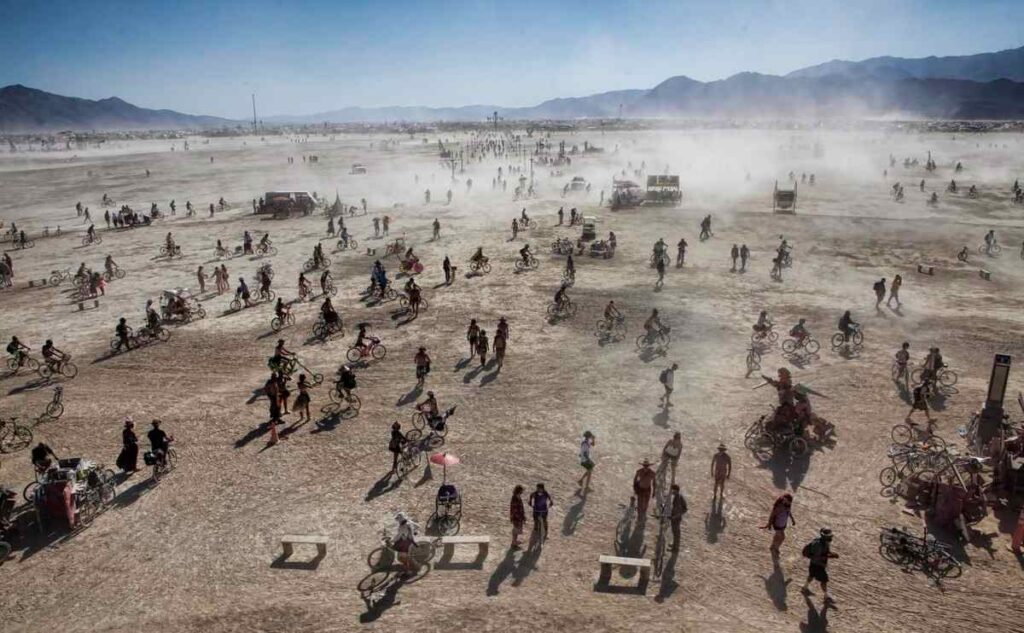
When to Seek Medical Help
Seek immediate medical attention for:
- Confusion, disorientation, or altered mental state
- Body temperature above 104°F (40°C)
- Fainting, seizures, or loss of consciousness
- Severe breathing difficulty or chest pain
- Persistent vomiting with inability to keep fluids down
- Signs of severe dehydration (dark urine, dizziness when standing)
Post-Event Health Monitoring
He said a doctor visit is recommended if any effects of breathing in dust persist beyond a week or two. Monitor for persistent cough, shortness of breath, or unusual fatigue in the weeks following your return.
For frequent attendees or volunteers with repeated exposures, consider baseline lung function testing as workers exposed to respirable crystalline silica have an increased risk of developing lung cancer, pulmonary tuberculosis, and airways diseases.

The Medical Safety Net
Emergency Services operates medical stations at three locations throughout Black Rock City: on the Esplanade at 5:15, and behind the plazas at 3:00 & C and 9:00 & C. These stations have trained personnel and equipment for serious situations.
The playa environment challenges even healthy individuals. Preparation, proper equipment, and awareness of warning signs make the difference between a transformative experience and a medical emergency. Understanding these risks allows you to focus on creativity and community while staying safe in one of Earth’s most demanding environments.
Bottom Line: While the extreme desert environment poses documented health risks from particulate exposure and harsh conditions, proper preparation and on-site precautions substantially reduce risks for most attendees. People with respiratory or cardiac conditions should take extra precautions. Just as travelers to other challenging destinations must stay informed about health risks, Burning Man participants need comprehensive safety awareness to enjoy the event safely. The ongoing environmental pressures facing the Black Rock Desert region also underscore the importance of understanding and respecting this unique ecosystem.
This guide covers essential health information for Burning Man preparation. The discussion focused on documented health hazards at Black Rock Desert including particulate matter exposure, heat-related illness, chemical burn risks, and emergency preparedness based on official sources and medical expertise.
